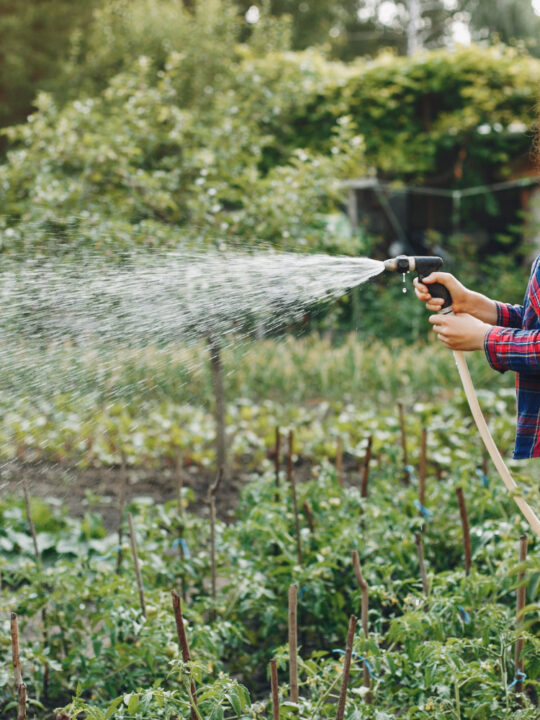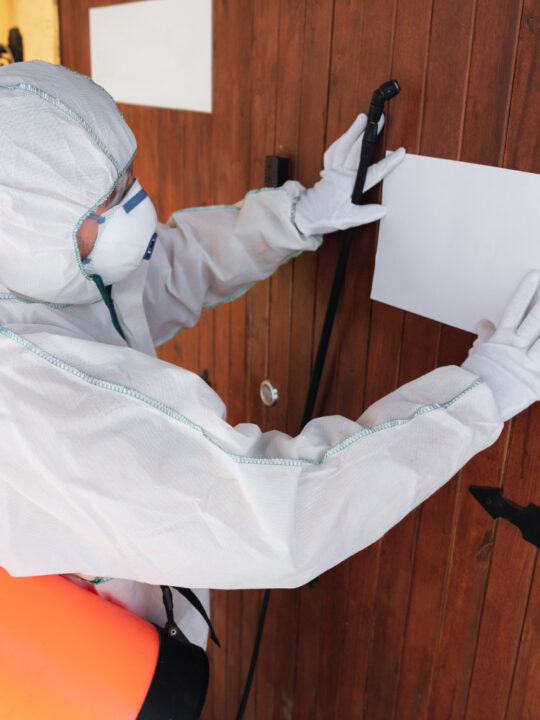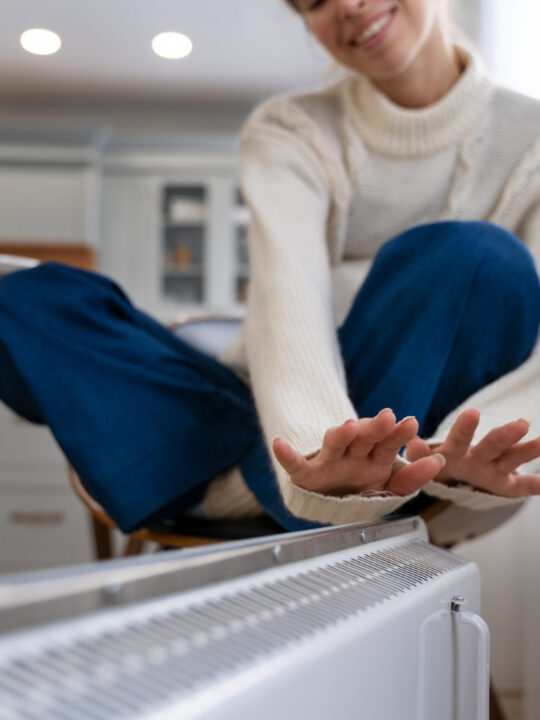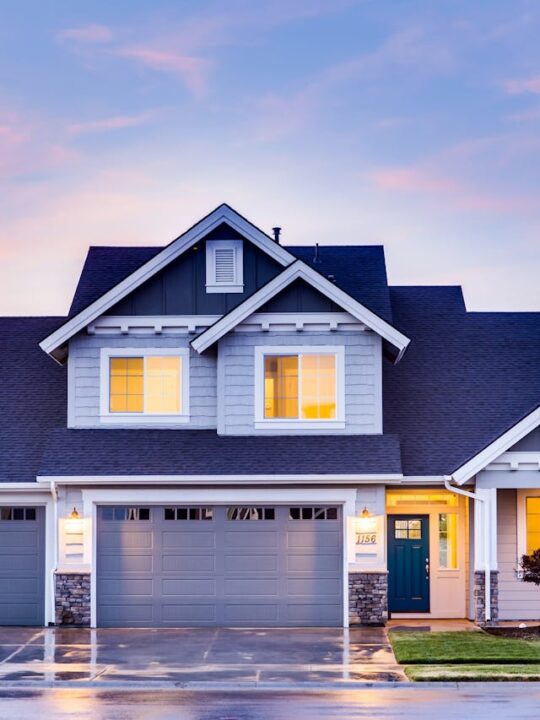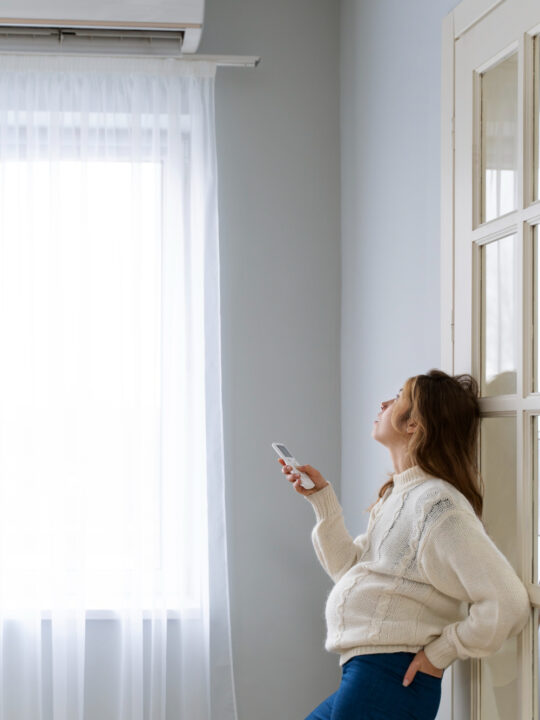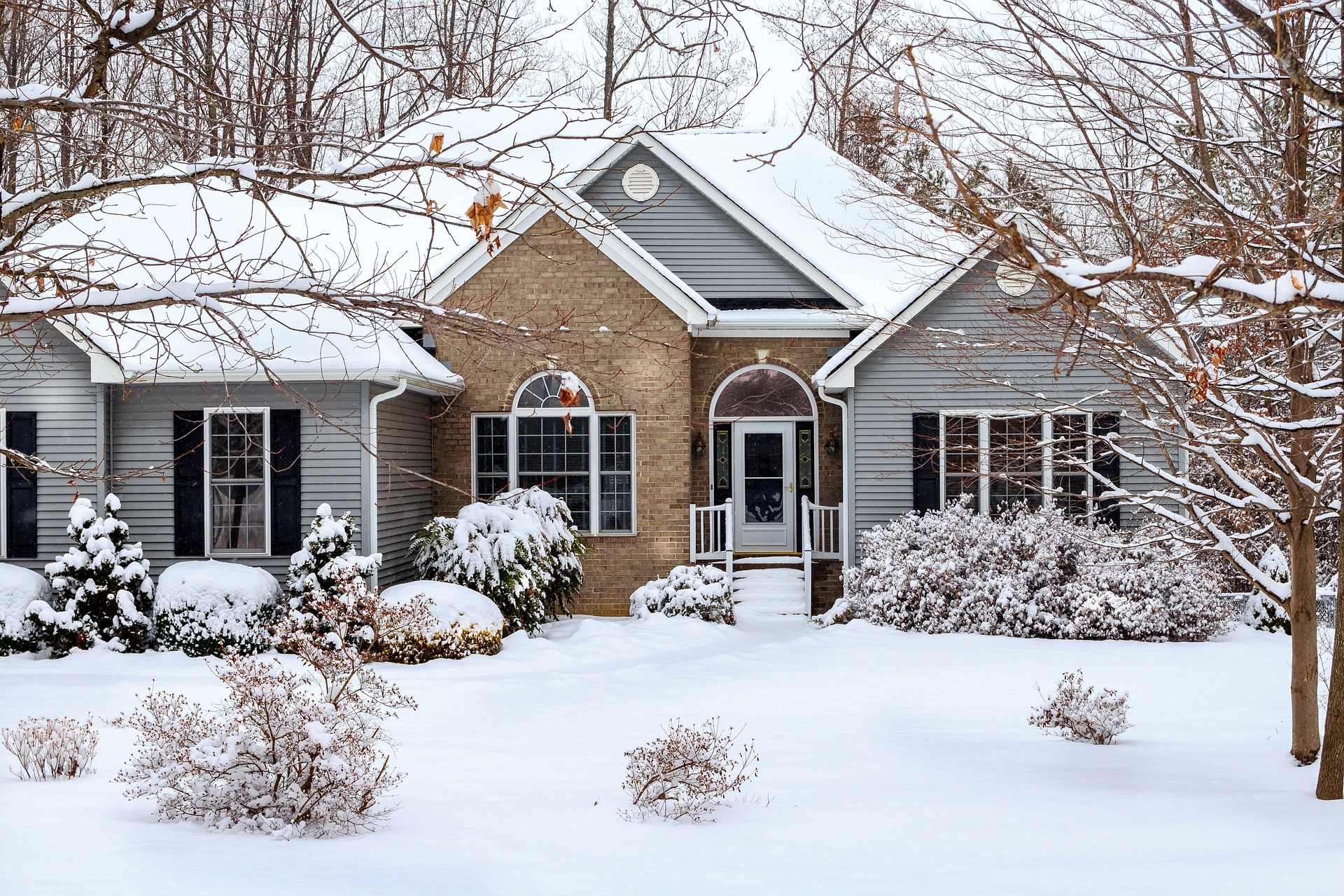 Protecting your home’s value over the winter requires knowledge of how to winterize it. So along with bringing out your winter coat and boots, now is an excellent time to make any necessary repairs to your home in anticipation of the upcoming harsh weather.
Protecting your home’s value over the winter requires knowledge of how to winterize it. So along with bringing out your winter coat and boots, now is an excellent time to make any necessary repairs to your home in anticipation of the upcoming harsh weather.
Winter heating bills can skyrocket if something goes wrong with your heating system, your pipes burst, or your windows have poor insulation. So preparing your home for winter can save money and keep your house safe for years. Here are some fantastic tips to prepare your home for winter.
Table of Contents
Check the roof
Check the roof to see any loose, broken, or missing shingles that could let water in. But you are only sometimes able to see the whole roof system. So instead, you should hire a roofer with a good reputation and proof of insurance to do the inspection.
According to Ventura roof repair services, a trusted name in quality roofing and repair, ‘Long-term neglect of a faulty roof only worsens matters and increases the risk of severe property damage. Ask the roofer to look at everything that goes through the roof, not just the shingles.’
If your gutters tend to get full of leaves and other things, now is an excellent time to clean them or have someone else do it, so water doesn’t back up. When water stays in clogged gutters, it can damage the roof, wood trim, and siding.
Prepare the pipes
The water should be drained from any exterior faucets and garden hoses, and you should make arrangements to have any underground sprinkler lines blasted out. Garden hoses should be rolled up and put away inside. Find any “problem” pipes in the house that tend to freeze, and think about using heat tape to keep them warm when it’s freezing. Finally, ensure that every family member knows how to shut off the water at the source in an emergency.
Turn the temperature up
Make sure to do a professional check and clean the chimney before the first frost. Also, before it gets cold, have a professional do a regular review of the heating systems. Remember to check if the filter in your furnace needs to be changed. Finally, installing a thermostat is another way to save energy.
In winter, carbon monoxide poisoning is most prevalent due to additional heating techniques, most of which release CO. Install a detector and do a two-yearly battery check.
Stop the escape of warmth
Install storm windows and doors if you have them, and remember the basement. Add new weather stripping or replace the old one around the doors and windows. If door stops are worn, you should get new ones. If pipes or ducts go through an outside wall, make sure to weather-strip all the openings. With these steps, there will be no way for cold air to get in.
You can increase your home’s energy efficiency by installing new storm windows, caulking around the windows and doors, and adding insulation. You may also get enough sunlight and have adequate room for solar panels.
Organize the yard
While many flowers require the winter’s freeze to blossom in the spring, getting your entire yard ready for the changing seasons is still crucial. Wherever you live, the seasons will affect your garden. If you reside in a colder region, consider taking your more delicate plants inside and removing any annuals you may have planted.
Bring outside furnishings and tools inside
Make sure to store your outdoor furniture in a dry location, such as your garage or shed, to maintain it in peak condition. Clean and maintain your outdoor equipment, such as lawnmowers and weed eaters, before putting it away for the season.
Protect your concrete driveway and walkways
Although cement can seem impervious to damage, the winter months make it reasonably vulnerable. Because cement is porous and can hold water, cracks may eventually appear when the temperature drops and the water freezes. Therefore, any cement sections outside your home should be sealed for maximum protection to stop fractures from developing.
An emergency plan
Make sure your car has at least half a tank of gas. It lowers the possibility of ice building up in your fuel lines. Also, it is a safety measure if the weather prevents you from reaching your neighborhood gas station. In addition, keep an emergency kit nearby during lousy weather. Water, food, a battery-operated radio, flashlights, additional batteries, and a first aid kit should all be included in a home emergency kit.
Repaint the outside
A touch-up can help your siding and trim last longer. In addition, any surface that might get coated in snow, including porch stairs or wood flooring, should get a fresh coat of paint or sealant.
